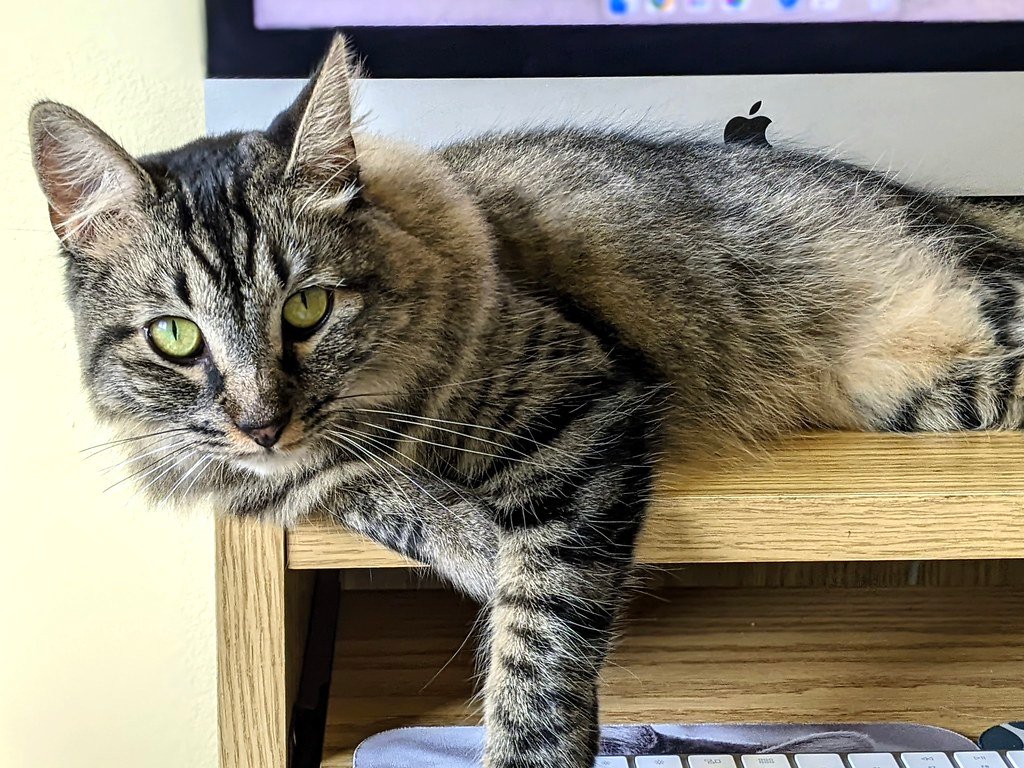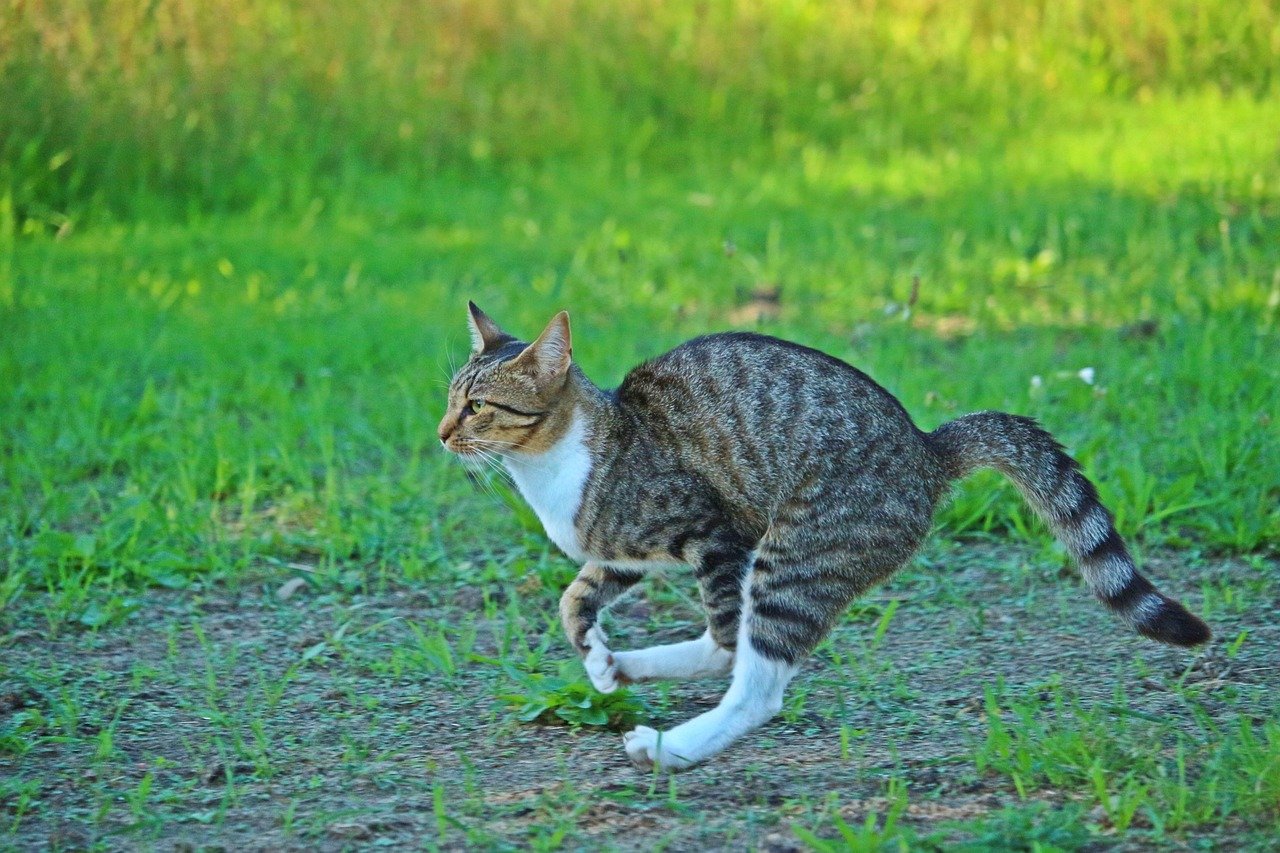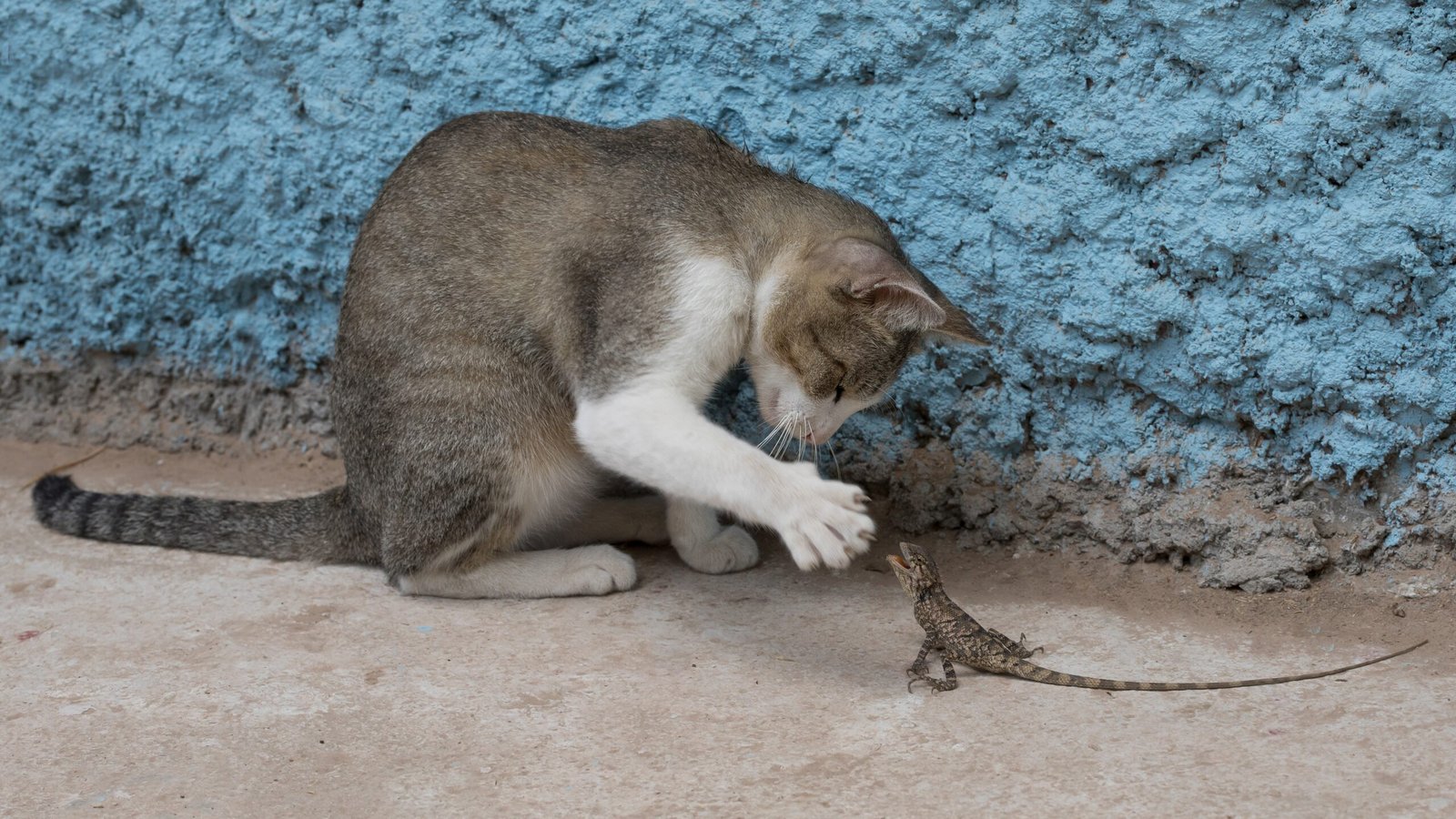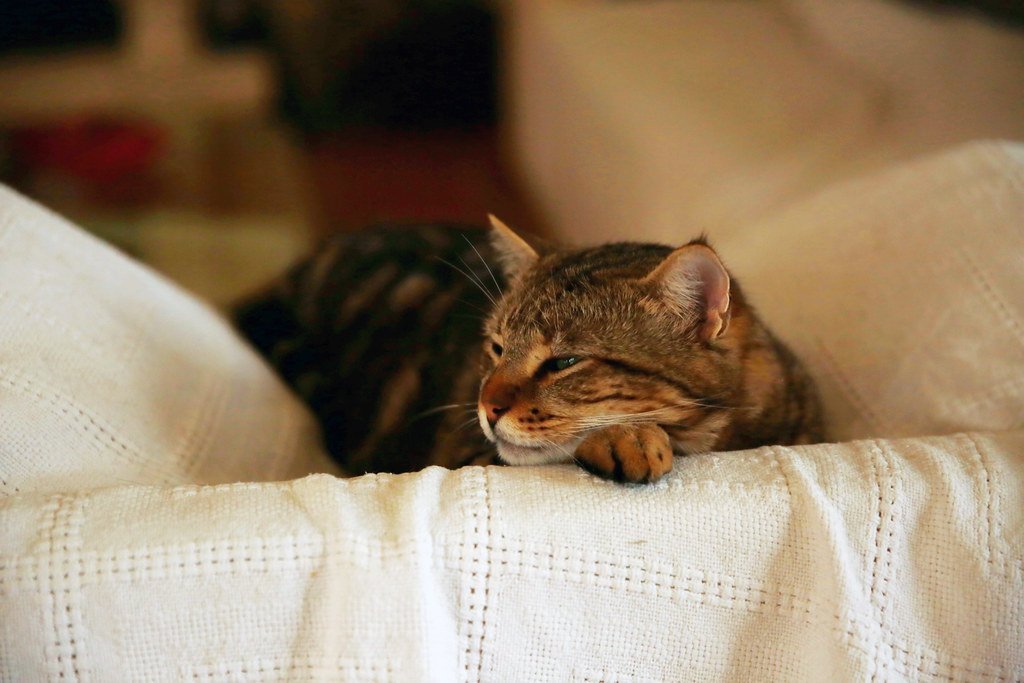When Midnight Madness Strikes

Picture this: you’re settling in for a peaceful evening when suddenly your cat transforms into a furry tornado, racing through your home like they’ve spotted an invisible enemy. This isn’t random chaos—it’s a fascinating glimpse into your cat’s complex psychological world. The sudden burst of energy that sends cats sprinting at full speed has deep evolutionary roots. These midnight marathons serve multiple purposes, from releasing pent-up hunting instincts to managing stress levels. Your calm, dignified feline companion is actually following ancient programming that helped their wild ancestors survive.
The Predator’s Energy Release

Cats are natural-born hunters, even if the most dangerous prey in your home is a dust bunny. When indoor cats don’t get enough hunting stimulation during the day, their predatory energy builds up like pressure in a tea kettle. The zoomies become their way of releasing this accumulated hunting drive. Think of it as their version of going to the gym after sitting at a desk all day. Wild cats would spend hours stalking, chasing, and catching prey, burning enormous amounts of energy in the process. Your house cat needs to discharge that same energy somehow, and a living room sprint session does the trick perfectly.
Post-Bathroom Victory Laps

One of the most common zoomie triggers happens right after your cat uses the litter box. This behavior puzzles many cat owners, but it makes perfect sense from a psychological standpoint. In the wild, cats are vulnerable when relieving themselves, so they need to quickly escape potential predators. The post-poop sprint is your cat’s instinctual response to feeling exposed and vulnerable. It’s like their brain is saying, “Mission accomplished, now let’s get out of here fast!” This behavior is so deeply ingrained that even the safest indoor cats feel compelled to make their dramatic exit from the bathroom scene.
The Happiness High

Sometimes zoomies are simply pure joy in motion. When cats feel exceptionally happy or excited, their bodies can’t contain the emotion, and it explodes into frantic running. You might notice this after you come home from a trip, during favorite playtime, or when something particularly exciting happens in their environment. It’s similar to how children might jump up and down when thrilled—cats just happen to express their euphoria through high-speed circuits around the house. These happiness-induced zoomies often include playful behaviors like sideways hopping, tail puffing, and that distinctive “airplane ears” look. The sheer exuberance is infectious and shows just how deeply cats can feel positive emotions.
Temperature-Triggered Sprints

Cool weather and temperature changes can spark unexpected zoomie sessions in many cats. When the temperature drops or there’s a sudden change in barometric pressure, cats often respond with increased activity levels. This might be connected to their wild instincts, where cooler weather meant better hunting conditions and increased prey activity. Your indoor cat doesn’t need to hunt, but their body still receives those ancient signals to get moving. Many cat owners notice their pets become more active during autumn evenings or before storms, when the air pressure shifts dramatically.
Age and the Zoomie Factor

Young cats and kittens are the undisputed champions of the zoomie world, but age definitely plays a role in frequency and intensity. Kittens have endless energy and less impulse control, making their zoomies more frequent and dramatic. As cats mature into adults, their zoomie sessions often become more strategic and purposeful. Senior cats might still get the zoomies, but they’re usually shorter and less intense. However, don’t be surprised if your older cat occasionally channeling their inner kitten with an unexpected burst of speed—it’s often a sign of good health and mental well-being.
The Social Zoomie Effect

Multi-cat households often experience synchronized zoomies, where one cat’s energy burst triggers others to join the chaos. This pack mentality shows how social cats can be, even when they’re acting wild. The psychology here involves both competition and play—cats might chase each other, creating a feedback loop of excitement. Sometimes a confident cat will initiate zoomies to invite shy companions to play, using body language and energy to communicate. These group sessions can be incredibly entertaining to watch and actually help strengthen bonds between cats in the same household.
Stress Relief Through Speed

Not all zoomies come from positive emotions—sometimes they’re a cat’s way of managing stress or anxiety. When cats feel overwhelmed or need to reset their emotional state, a good sprint can help discharge nervous energy. This is similar to how humans might pace when anxious or go for a run to clear their heads. Cats experiencing changes in their environment, new additions to the household, or general anxiety might use zoomies as a coping mechanism. While these stress-induced episodes are normal, persistent anxious zoomies might indicate your cat needs additional support or environmental adjustments.
The Twilight Activity Peak

Most cat zoomies happen during dawn and dusk hours, which aligns perfectly with cats’ natural circadian rhythms. These times are called “crepuscular periods,” when wild cats would naturally be most active for hunting. Your indoor cat’s brain still follows this ancient schedule, even without prey to chase. The psychological urge to be active during these twilight hours is so strong that even well-fed, comfortable house cats feel compelled to run around. Understanding this natural timing can help you predict when your cat might suddenly transform into a furry race car.
Environmental Triggers and Territory Patrol

Certain environmental changes can flip the zoomie switch in your cat’s brain almost instantly. New smells, sounds from outside, or even rearranged furniture can trigger investigative sprints around the house. From a psychological perspective, cats are constantly monitoring their territory for changes, and zoomies help them quickly patrol and assess their domain. A bird at the window, construction sounds, or even a new piece of furniture can send your cat into surveillance mode. These territory-checking zoomies serve as both mental stimulation and security measures, allowing cats to feel in control of their space.
The Play Drive Connection

Zoomies often represent frustrated play behavior, especially in cats who don’t get enough interactive play during the day. The psychological need to stalk, chase, and “kill” prey remains strong even in pampered house cats. When this drive goes unsatisfied, it can explode into random running sessions as your cat tries to fulfill their hunting instincts solo. Interactive toys, laser pointers, and regular play sessions can help channel this energy more constructively. Think of zoomies as your cat’s way of saying, “I need more excitement in my life!”
Attention-Seeking Behavior

Some clever cats learn that zoomies get immediate attention from their humans, turning this natural behavior into a communication tool. If your cat consistently gets zoomies when you’re busy or ignoring them, they might be using dramatic sprints to demand your focus. The psychology here is simple but effective—cats quickly learn which behaviors get the biggest reactions. While you shouldn’t discourage natural zoomie behavior, recognizing when it’s attention-seeking can help you respond appropriately. Sometimes the best response is calm acknowledgment rather than exciting engagement that might escalate the behavior.
Medical Factors Behind Unusual Zoomies

While most zoomies are perfectly normal, sudden changes in frequency or intensity can sometimes indicate underlying health issues. Hyperthyroidism, for example, can cause increased activity levels and manic behavior in cats. Pain or discomfort might also trigger unusual movement patterns as cats try to relieve physical stress. If your typically calm cat suddenly develops intense zoomie sessions, or if an active cat stops having them entirely, it’s worth consulting your veterinarian. The psychology of pain in cats is complex, and they often express discomfort through changes in normal behavior patterns.
Creating Zoomie-Friendly Spaces

Understanding the psychology behind zoomies can help you create an environment that supports this natural behavior safely. Cats prefer clear running paths with good traction, multiple levels for jumping, and hiding spots for dramatic ambush exits. Removing breakable objects from favorite zoomie routes shows respect for your cat’s needs while protecting your belongings. Many cats have preferred zoomie circuits they follow religiously, and accommodating these paths can reduce stress for both of you. Think of your home as a racetrack designed for a very particular, furry athlete.
The Bonding Opportunity

Rather than seeing zoomies as disruptive chaos, try viewing them as windows into your cat’s inner world and opportunities for connection. Cats who feel safe and comfortable enough to express their natural behaviors around you are showing trust and security. Some cats even seem to perform their zoomies as entertainment for their favorite humans, racing past with obvious pride in their athletic abilities. Understanding the psychological motivations behind these behaviors deepens your relationship and helps you appreciate the complex emotional life of your feline companion. After all, a cat comfortable enough to act completely wild in your presence is giving you the ultimate compliment.
Next time your cat suddenly rockets through your living room like they’ve been shot from a cannon, you’ll know there’s a fascinating psychological story unfolding before your eyes. What triggers your cat’s most dramatic zoomie sessions?
Hi, I’m Bola, a passionate writer and creative strategist with a knack for crafting compelling content that educates, inspires, and connects. Over the years, I’ve honed my skills across various writing fields, including content creation, copywriting, online course development, and video scriptwriting.
When I’m not at my desk, you’ll find me exploring new ideas, reading books, or brainstorming creative ways to solve challenges. I believe that words have the power to transform, and I’m here to help you leverage that power for success.
Thanks for stopping by, Keep coming to this website to checkout new articles form me. You’d always love it!






